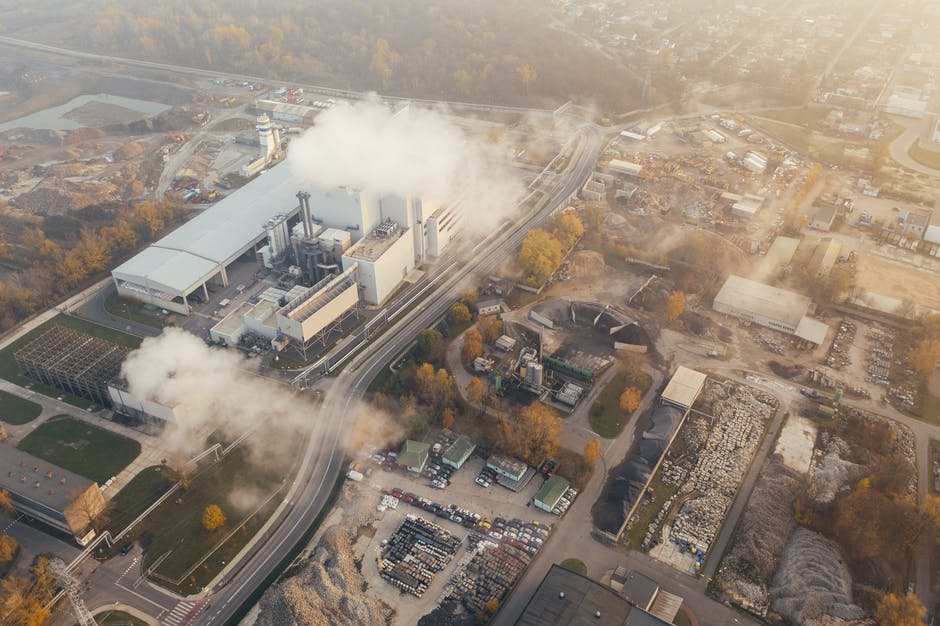In a race against time and with the goal of establishing measures to reduce greenhouse gas emissions and achieve carbon neutrality by 2050, i.e., net emissions equal to or less than those removed through the planet's natural absorption, 196 countries adopted in 2015 the Paris Agreement.
This legally binding international treaty seeks to strengthen the global response to climate change, with the objective of limiting the increase in global temperature to well below 2 degrees Celsius, while continuing efforts to limit it to 1.5 degrees Celsius.
However, to reach this goal and achieve carbon neutrality by 2050, it is necessary for everyone to participate, each in their own way, by reducing their carbon footprint.
How can companies achieve carbon neutrality?
Measuring emissions
Eroski Consumer stresses that the first step for companies is to measure the carbon footprint generated by their activity.
"Accurate measurement of the carbon footprint "is the hardest work" on a company's path to net zero emissions, explains Alejandra Gimeno, who leads Ecodes' (Fundación Ecología y Desarrollo) 'CeroCO2' initiative."
Until now, one of the most widely used standards was the Greenhouse Gas Protocol (GHG Protocol), which divides this footprint into three "scopes". The latest version of ISO UNE-EN ISO 14064 no longer speaks of scopes, but of direct and indirect emissions:
- Direct emissions
These are emissions from company-owned sources.
For example, those coming from the natural gas boilers of a distribution company's stores or its own fleet of vehicles. - Indirect emissions
These are the emissions generated by the electricity consumed by the company.
For example, to illuminate your stores or offices.
Indirect emissions also include all emissions generated in the company's value chain, for example, a company could take into account the mode of transportation its employees use to get to work, how much has been emitted in the production of the goods it sells, and what waste is generated at the end of the life cycle of those products.
Reduce
Once the most relevant emission sources have been identified, the company can act to minimize them as much as possible.
For example, supplying electricity from renewable sources, implementing energy saving measures (such as LED lighting or improving building insulation), renewing its fleet with less polluting vehicles, applying circular waste management to reduce waste as much as possible, minimizing the use of resources such as paper or water, facilitating sustainable mobility for its employees or promoting teleworking.
Compensate
In this last step, the company can invest in projects that absorb or minimize GHG emissions to compensate for the tons of CO2 it has not been able to reduce.
For example, restoring forests or developing renewable energies.
Thus, by subtracting the offset from the emitted, it can achieve a zero balance, neutral for the climate.
Source: Eroski Consumer


